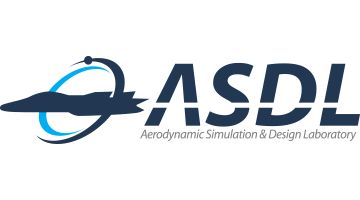Active Flow Control
Since the beginning of human flight, many researcher and engineers have attempted to increase lift and reduce drag by changing aircraft structure or configuration. These efforts have led to efficient design of modern aircraft. However, existing high-lift generation system does not satisfy the strict design requirements for a higher-efficiency and higher-performance aircraft, and as a result, more efficient flow control strategy has been investigated.
If an aircraft operates in a variety of flow condition, turbulent transition and flow separation can be occur in the wing surface. The flow separation phenomena cause decrease lift-to-drag ratio, reduce the controllability of the flight. Therefore, flow separation and laminar flow control is essential to improve the aerodynamic performance of aircraft.


As a result, The wind tunnel test and numerical analysis is conducted for develop active flow control device using MEMS. For this purpose, the theoretical study of MEMS flow control devices, accurate and efficient development of numerical methods, 2-D and 3-D flow analysis using CFD, MEMS design and manufacturing technology acquisition, wind tunnel tests researches are studied.








